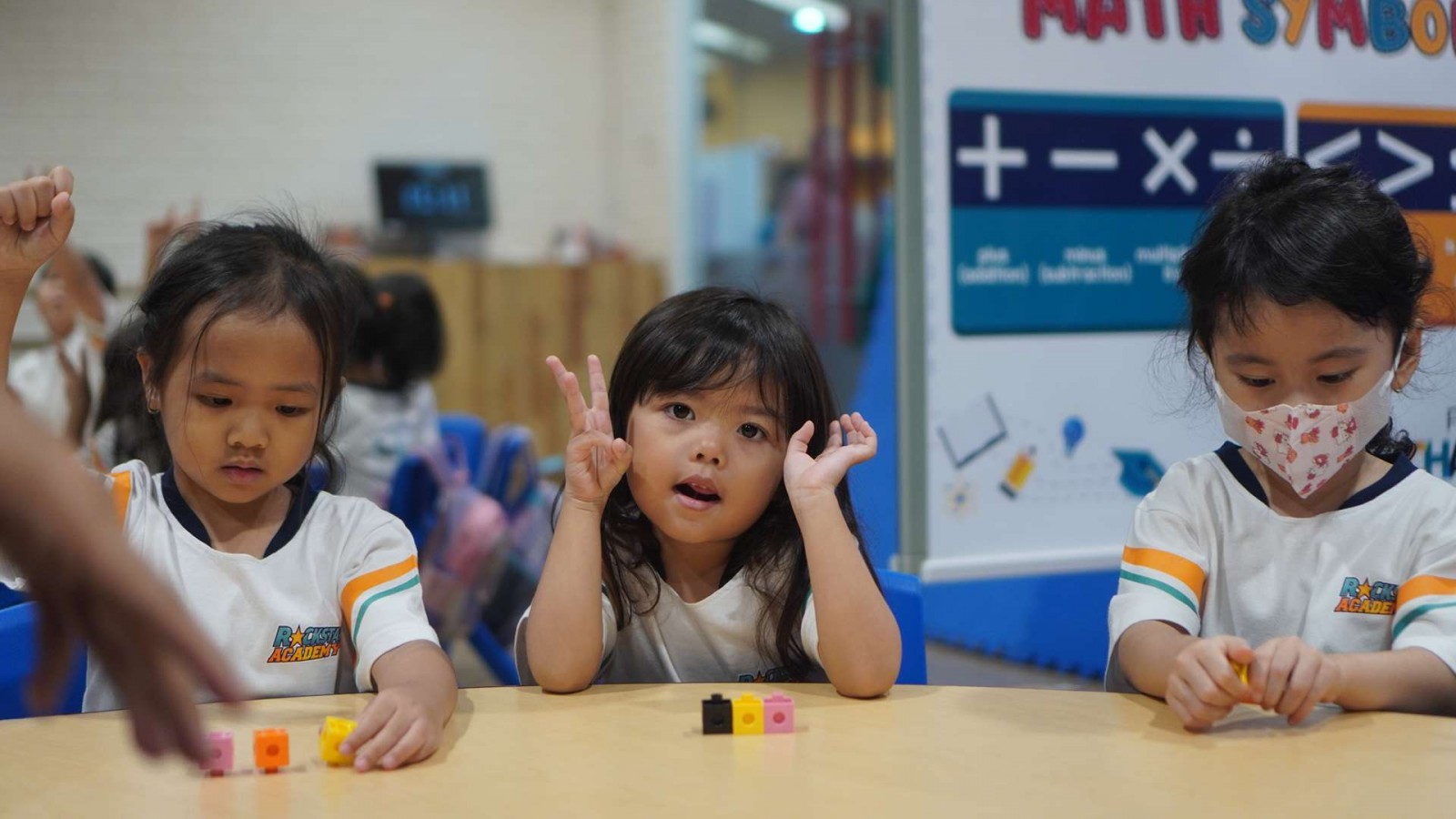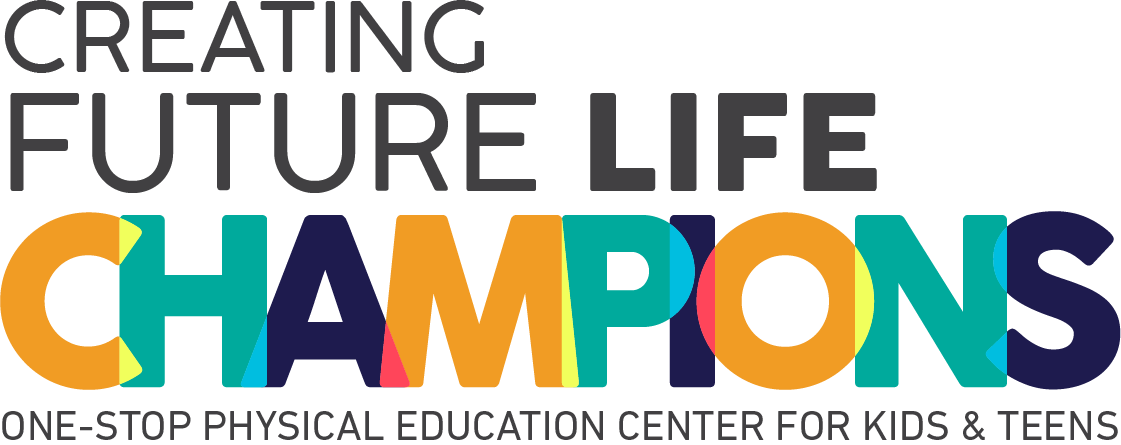Teach Subtraction for Kindergarten In Fun and Engaging Ways

Subtraction is one of the most foundational math skills, and introducing it to children in kindergarten can set them up for future success in mathematics. Teaching subtraction at this young age can be both fun and engaging if done with the right methods.
This article will cover why it’s important to teach subtraction in kindergarten, how to prepare for teaching it, common challenges teachers and parents face, and tips to overcome them. Let’s check it out!
Why is it Important to Learn Subtraction in Kindergarten?
Subtraction, along with addition, is a key building block in a child’s mathematical development. Here are a few reasons why learning subtraction in kindergarten is important:
1. Foundation for Future Math Skills
Subtraction helps children understand the concept of "taking away" or "reducing," which is essential for more advanced math skills such as division, fractions, and algebra. When children grasp subtraction early, they build a strong foundation for future math learning.
2. Problem-Solving Skills
Subtraction is more than just numbers, but it also teaches children to solve problems. Whether it’s figuring out how many apples are left in a basket or how many toys to share, subtraction plays a role in daily life. Introducing subtraction early helps children develop these problem-solving skills.
3. Boosts Confidence
When children learn subtraction in a fun and engaging way, they become confident in their math abilities. This confidence helps them as they encounter more complex math concepts in the future.
Understanding the Kindergarten Math Curriculum
In kindergarten, the math curriculum focuses on the basics of learning numbers and simple operations, such as addition and subtraction. Subtraction is usually introduced after children are familiar with the concept of addition.
Here’s what the kindergarten math curriculum typically includes for subtraction:
A. Basic Concept of Taking Away
At this stage, subtraction is taught as “taking away” objects from a set. Children are encouraged to visualize subtraction as removing items to see how many are left.
B. Number Bonds
Number bonds are pairs of numbers that combine to form another number. For example, in subtraction, if a child knows that 5 + 3 equals 8, they can also understand that 8 - 3 equals 5. Number bonds help children see the relationship between addition and subtraction.
C. Using Visuals and Manipulatives
The curriculum often includes visual aids and manipulatives like blocks, counters, or pictures to represent subtraction problems. These hands-on tools make it easier for young children to understand the abstract concept of subtraction.
Fun and Engaging Ways to Teach Subtraction
Here are some exciting and interactive ways to teach subtraction that will keep kindergarteners interested and eager to learn:
1. Subtraction Bowling
Bowling and math? Yes, please! This activity brings the fun of bowling into your subtraction lessons. This game not only teaches subtraction but also builds coordination and focus. Children love seeing the pins fall, and it makes subtraction physically interactive and easy to grasp.
How it works:
Set up a mini bowling alley using empty plastic bottles, toy pins, or even small boxes. Each child gets a turn to roll a soft ball and knock down as many pins as they can. After their turn, ask them how many pins they knocked down and how many are still standing.
For example, if you set up 10 pins and 3 fall down, you can say, "10 - 3 = ? How many pins are left?"
2. Subtraction with Snacks
Who doesn’t love a math lesson that involves snacks? This is a delicious way to engage children in subtraction while keeping them energized.
The motivation to eat the snack helps kids stay engaged, and since they’re physically “taking away” the snacks, the subtraction process becomes easy to understand.
How it works
Use small snacks like crackers, raisins, or fruit pieces to practice subtraction. Start with a set number of snacks. For example, give each child 5 crackers. Then, ask them to eat 2 crackers and tell you how many they have left. You could even ask them to write the subtraction sentence on a whiteboard: “5 - 2 = 3.”
3. Subtraction Treasure Hunt
This treasure hunt is not just about finding objects but also about learning how to subtract them along the way. The excitement of searching for hidden objects keeps children engaged, and they naturally practice subtraction as they calculate how many more items they need to find.
How it works:
Hide small objects like toys, colored blocks, or even coins around the room. Give each child a number of objects they need to find (e.g., 10 blocks).
As they find the objects, ask them to subtract the number of blocks they’ve already found from the total they need. For example, if they have found 3 blocks out of 10, they can say, "10 - 3 = 7. I still need to find 7 blocks."
4. Subtraction Stories with Puppets
Who said subtraction couldn’t be a part of storytelling? Puppets can act out subtraction problems in a way that feels like a performance, making learning much more enjoyable for kids.
How it works:
Use puppets, stuffed animals, or toys to create a subtraction story. For example, if you have 5 animal puppets, you can tell a story like, "Once there were 5 bears playing in the forest. Two of the bears went home to take a nap. How many bears are still playing?" The children then figure out the subtraction by seeing how many puppets are left.
5. Play Subtraction Bingo
A twist on the classic game of Bingo, Subtraction Bingo helps children practice math skills in a playful environment.
How it works:
Create Bingo cards where each space contains a different number. Call out subtraction problems, such as "8 - 3" or "6 - 2," and have children figure out the answer. If they have that answer on their Bingo card, they mark it off. The first to complete a row wins!
Subtraction for Kindergarten is Important!
Teaching subtraction in fun and engaging ways is key to building a strong foundation in math for kindergarteners. It’s important to find the right preschool that includes both addition and subtraction in its curriculum to support children's early math skills.
One of the best options is Rockstar Academy, where your child can experience a well-rounded Preschool and Kindergarten education combined with various physical activities, events, and competitions designed for different ages and interests.
With guidance from Rockstar Academy’s experienced teachers, your child will develop confidence and adaptability in both academic and physical activities, essential for their overall wellbeing and success.
On top of that, Rockstar Academy offers a free trial class, so if you're interested in giving your child the best start, be sure to reach out and see what they have to offer!
FAQ
When should subtraction be introduced in kindergarten?
Subtraction is usually introduced after children are comfortable with numbers and basic addition. It typically starts midway through the kindergarten year, once children understand the concept of adding objects together.
How do I make subtraction less confusing for my child?
Use physical objects, visuals, and clear language to differentiate subtraction from addition. Ensure your child understands that subtraction is about "taking away" rather than "putting together."
What are some easy games to teach subtraction?
Subtraction bowling, using snacks, treasure hunts, and interactive whiteboard games are all fun ways to practice subtraction. These games make learning subtraction hands-on and engaging.



